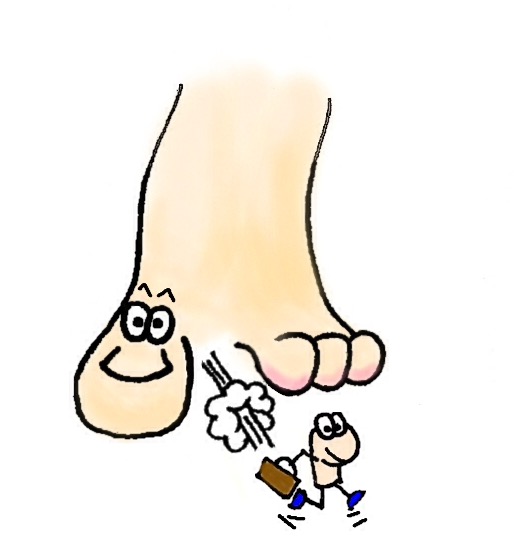 |
| hay bale gardening |
The Westmont
Garden Club had its monthly meeting on Saturday, May 28, 2016, at the home of the Program Director.The
meeting consisted of three different and interesting presentations
A garden club member shared
information about growing vegetables in a hay bale. Most vegetables, flowers or even herbs that
grow in the ground can be grown in hay bales.
According to the handout that was shared with the members,
there are six steps that need to be used as a general guide in order to have a
successful crop.
Step 1 on the 1st
day, water the hay bales and kept it watered for 10 days
Step 2 on
the 4th day pour 4 oz of ammonium nitrate fertilizer (such as Miracle Grow) on
the top of the hay bale
Step 3 on the 7th
day, pour 2 ½ oz of the same fertilizer on the bale
Step 4 on the 10th day;
pour 1 cup of fertilizer consisting of nitrogen, phosphorous
and potassium: 13-13-13, on the hay bale
Step 5 if using
seeds, first place 3 inches of potting soil on top of the bale and then plant
seeds
Step 6 if planting seedlings, potting soil is not
required but can be used; plant the seedling by using a trowel to force the
bale slightly apart and place the plant in this space; the bale should
spring back together again
A few other hints:
Flowers or
trailing plants can be planted in front of the bales
Keep the
bales bound – bales cannot be over watered as they dry out quickly
Potatoes can
be grown in hale bales but need to be planted in the bottom of the bale
Straw is
cheaper than hay but hay breaks down and after growing season just undo the
ties and spread the hay out to act as compost
Web sites
for additional information:
After the
presentation, we all went outside to observe the hay bale garden that had set-up. All the
tomato plants had successfully produced beautiful tomatoes.
 |
| tomatoes growing in hay bale |
 |
| tomatoes growing in hay bale |
The second
part of the program was presented by another member of the garden
club.
She instructed members on how to fold a sheet of newspaper into a biodegradable
plant pot. These pots are perfect to use for starting seeds, and then the seedling and pot can both be planted without having to disturb
the young seedling.
It must be admitted several members of the group had excellent folding
skills and had a splendid outcome with their paper pot project. Other members, faced several folding
challenges, but we all agreed it was an interesting, fun, worthwhile DIY project.
Additional
information about paper pots can be found at:
DIY:
newspaper pots for seed starting/cutting on You Tube
The third
part of the program was presented by Master Gardener Sher Dunaway on “Heritage
Plants and Quirky Plants”. She was
assisted by Bill Dunaway, her trusty tech support.
Sher
explained that heritage plants are seeds from a plant that has been passed down
from one generation to another. They are
open pollinated and true to its type – in other words it will look the same as
the original plant. She also told us
that 60% of all foods consumed throughout the world are from the “New World” of
North and South America. She first
discussed the 3 major native crops that are referred to as “Sister Crops”. They are corn, beans and squash and are
considered companion plants. The corn is
planted first and when it gets to a certain height then the pole beans are
planted. They in turn use the corn stalk as a runner stake. Shortly after
that, the squashes are planted which helps with weed control and pollination.
Other
heritage foods that Sher discussed were:
Potatoes they can be grown quickly and on
less land
Chilies they are native to Central
& South American and come in different colors, shapes and degrees of
hotness
Cacao the inside of the pod is
what chocolate is made from
Avocado classified as a member of the
berry family and is naive to Central America and Mexico
Pineapple native to South America and is part
of the bromeliad family and is not native to Hawaii
A few of the
quirky vegetables:
Radishes Chinese white radish and
watermelon radishes
Eggplant different types include American,
Indian, Chinese, Rosa Bianca (Italian)
Okra Chinese okra is long and
can be eaten cooked or raw
Ending her presentation,
Sher encouraged the group to discover the unique diversity of heritage fruits and
vegetables.
 |
| chocolate habanero pepper |
 |
| watermelon radish |

No comments:
Post a Comment